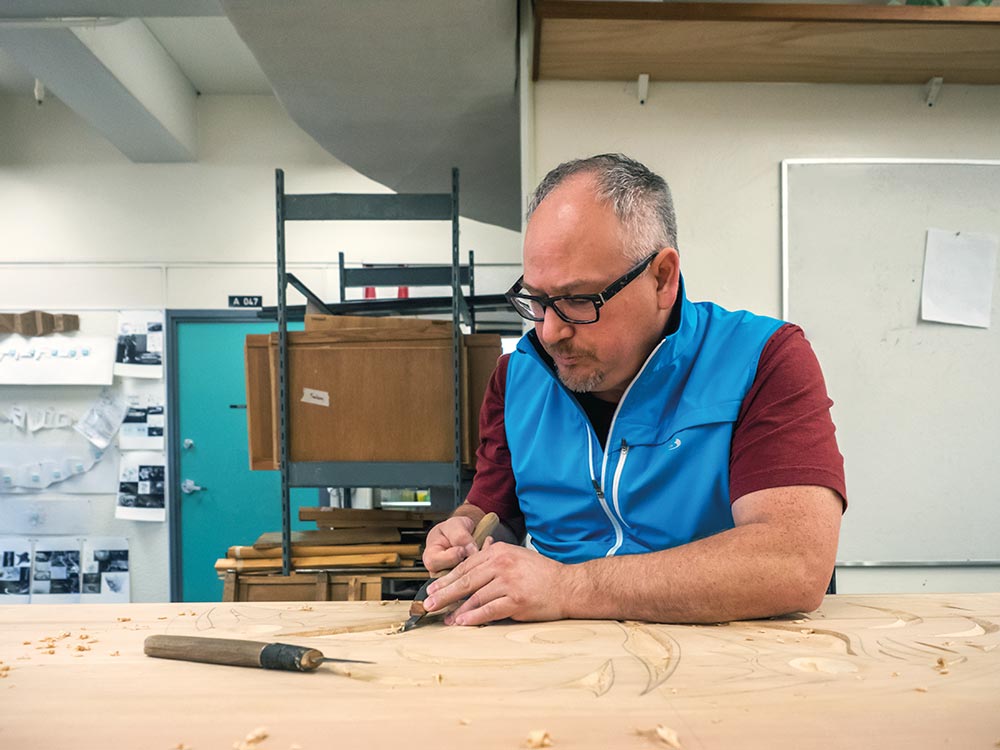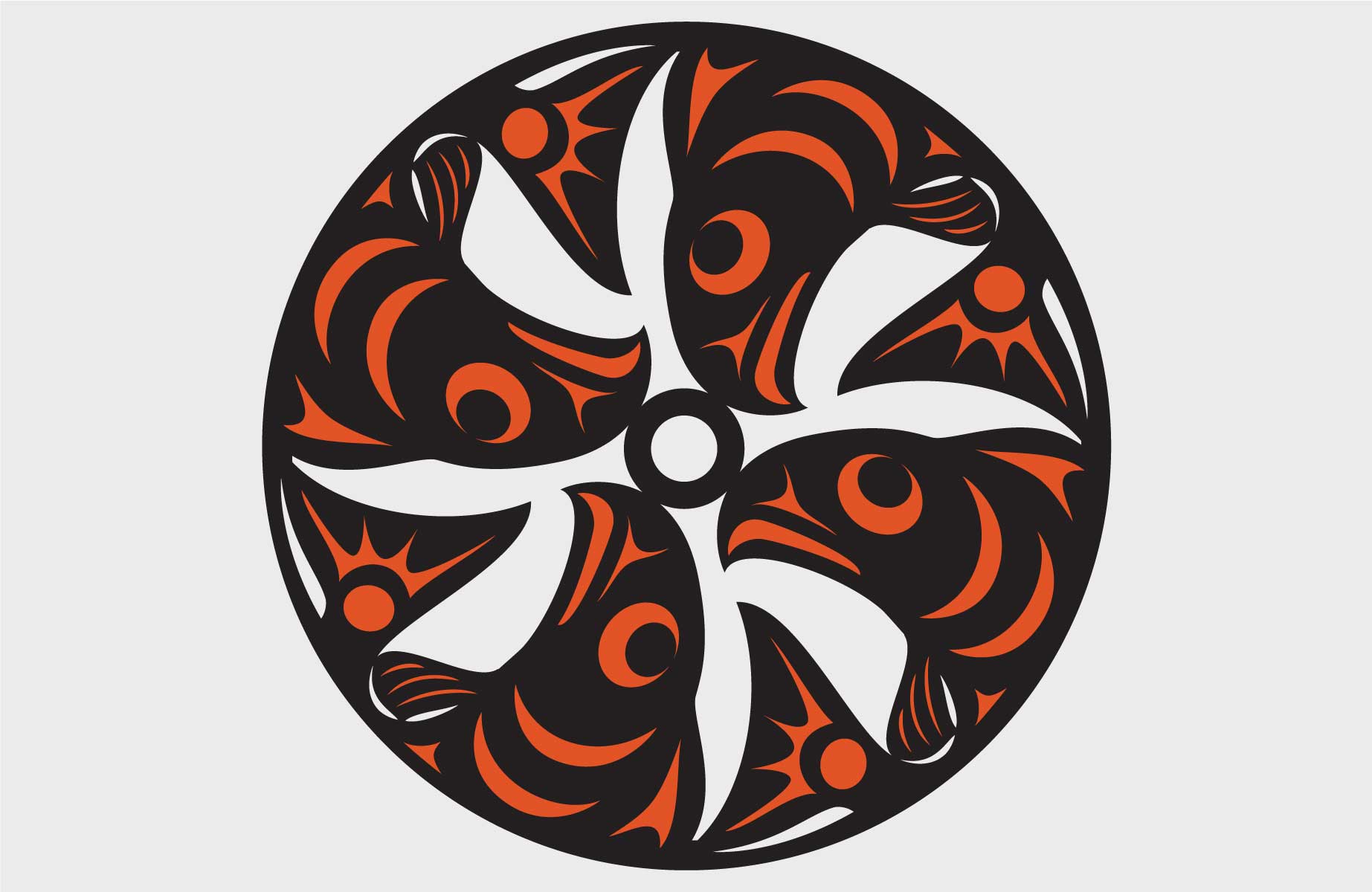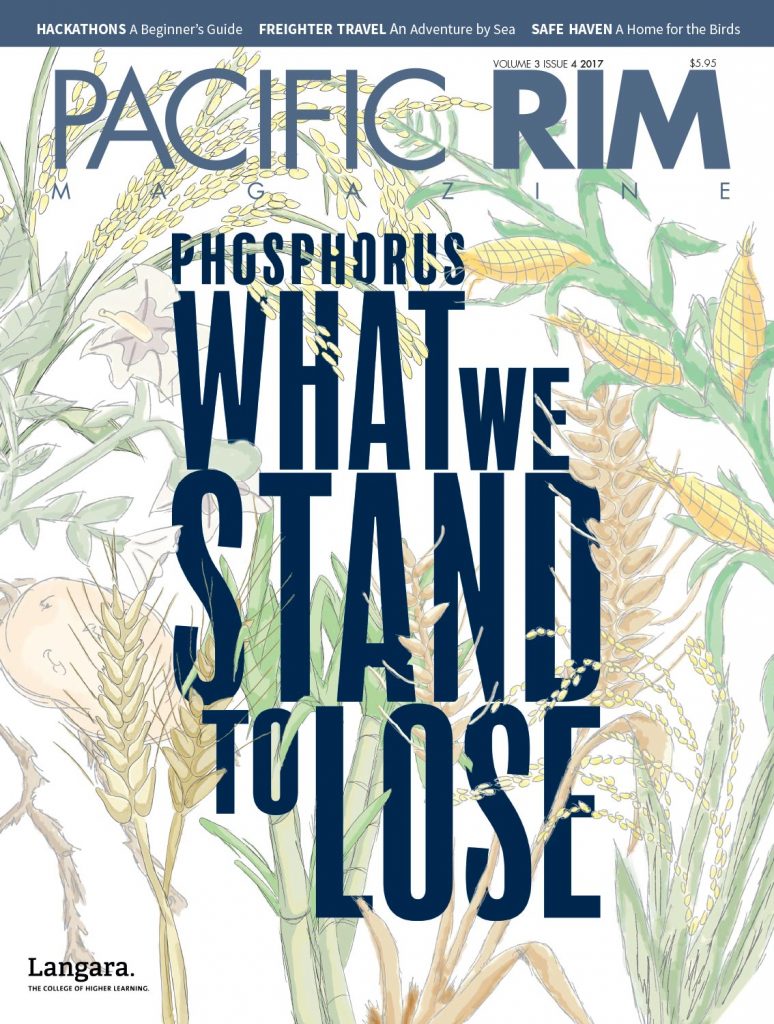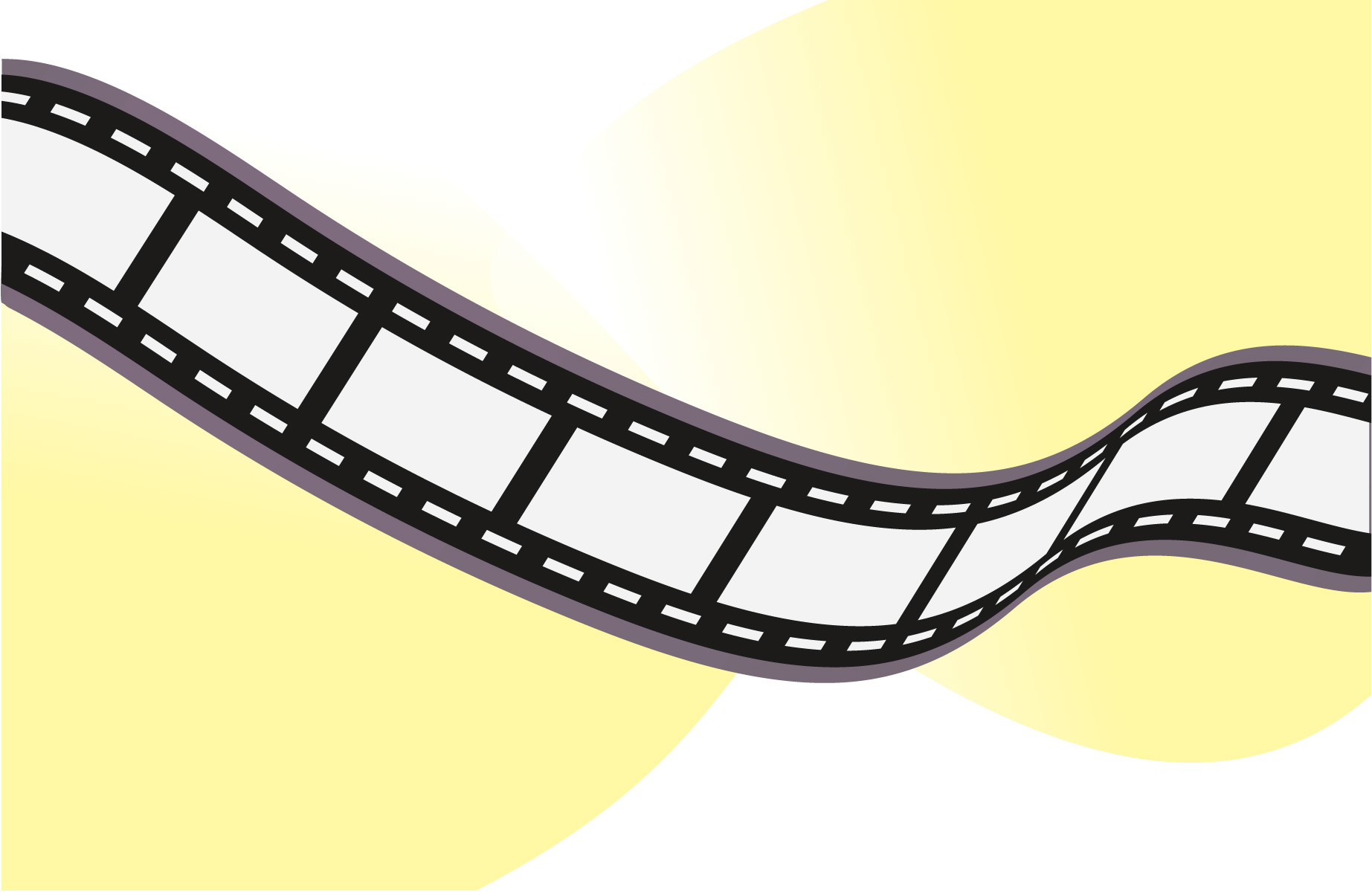Art has always been a part of Aaron Nelson-Moody’s life. His father used to leave doodles lying around on napkins, used envelopes, and scraps of paper. His mother’s family carved canoes and paddles, so Nelson‑Moody learned at a young age to work with his hands. “Art never seemed like a separate language,” he says. “It always seemed like an additional language to speaking and writing.”

At the start of Nelson‑Moody’s career, computers were rare. “They had computers, but they filled a whole room,” he says. He took a typing class in high school and, because he could type, he was given access to a computer at his next job. Nelson‑Moody taught himself desktop publishing along the way and later worked at Adbusters magazine. “They had a computer sitting around like a paperweight, and nobody knew how to run it.” So, he took it upon himself to lay the magazine out in-house. At first, computerization slowed the magazine layout down, because the staff had to adjust to having so much control over the process. Nelson‑Moody says, “I got a very good idea of when technology gets in the way, when you get too zoomed in, too focused, too controlling.”
Nelson‑Moody uses Adobe Illustrator (Illustrator) in his work. However, he understands the limitations of digital tools because of his experience with emerging digital technology, as well as his cultural heritage. “I think the First Nations history of connecting with Canada has to do with new technology. We have a lot of tradition around integrating technology in our community, or historically we did. So, we have a sort of critical process; is it making things better, or is it just different?”
Nelson-Moody feels that, when used strategically, modern technology can be very useful in the creation of art. He uses a big Wacom drawing tablet for some of his work, saying this method is much more natural than drawing with a mouse, or a “brick” as he calls it. “So the technology doesn’t get between you and your work.”
Nelson‑Moody recalls a time he had to carve a full-sized totem pole in one week. It was no small feat, but he finished it with the help of a little tech. He started with the design in mind, and then drew the design in Illustrator. Next, he printed out a stencil and traced it onto a 12-foot log. Nelson‑Moody says with a totem pole it is easy to lose perspective because of its size: you can never tell how it will look until it goes up. Drawing the totem pole in Illustrator helped him visualize the finished piece.
Nelson‑Moody notes it is important to have the workflow down when using technology. He recommends starting with pencil drawings, and then bringing the final design into Illustrator. “You don’t want to sit down at the computer and start to try to make up a design.” Nelson‑Moody recalls one of his design teachers saying, “You do everything by design or you do everything by default,” and has operated by this principle ever since.
Expression is a key concept in Nelson‑Moody’s life. In his early years, this took the form of writing. “It’s just another way of expressing yourself. So, the native art, some people say it’s not like writing: it is writing.” For Nelson‑Moody, art is also about involving other people. Instead of telling his audience what to think, they get to interpret his art based on their own experience. This concept of sharing, not telling, is especially important in Coast Salish culture. “The idea that we’re not trying to tell everyone what to think,” he says. “We’re actually trying to listen for what people have to say.” Through listening and exchanging ideas, whether in the form of art or just conversation, we come to a better understanding of each other as human beings.











